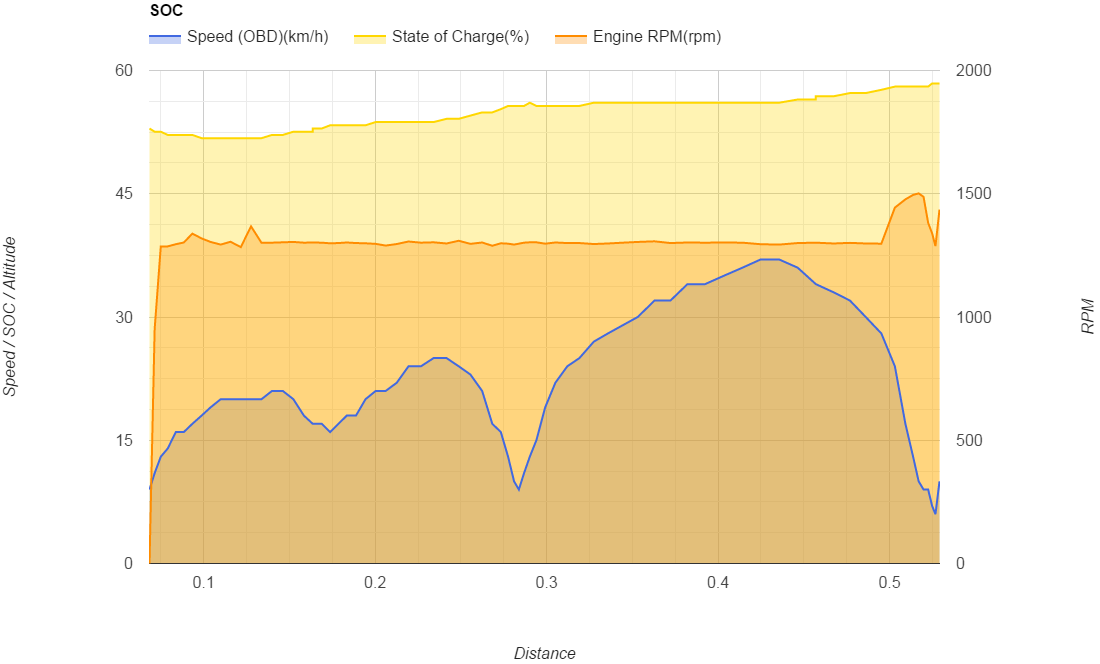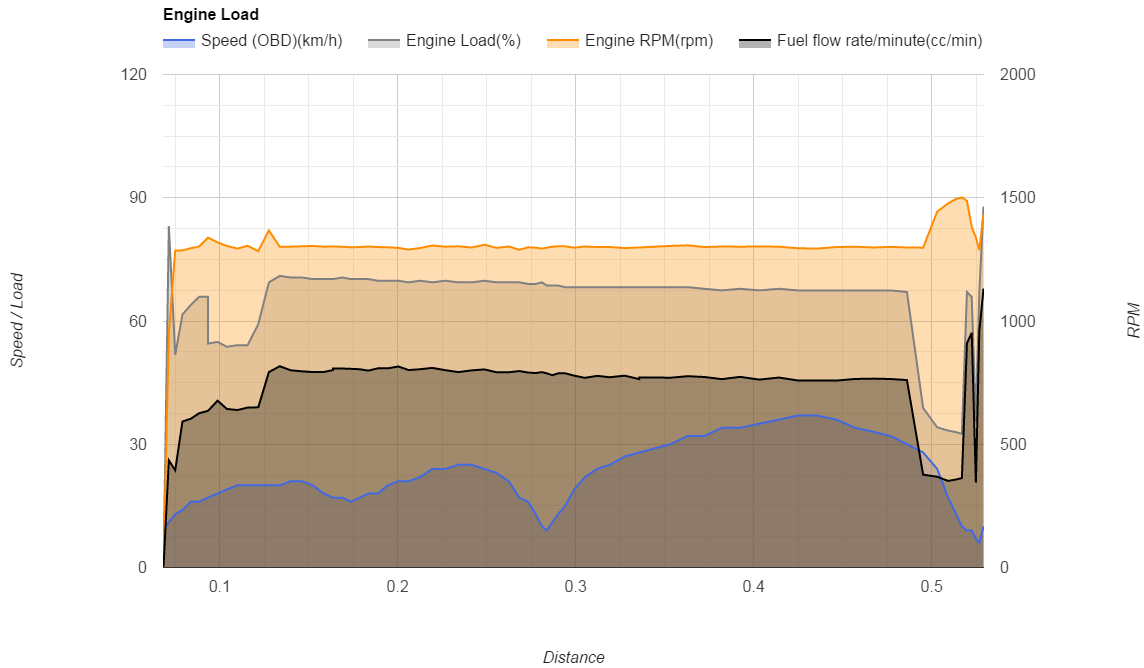Toyota Hybrids have 2 braking systems, both controlled by the brake pedal.
- The first is the friction braking system, as in classic cars, which slows down the car by pushing the brake pads onto the brake disks of the wheels.
- The second is the regenerative braking system, which uses the electric motor to slow down the car while charging the battery with the kinetic energy recovered.
The second one is the one you should use as much as possible to optimize your fuel consumption.
Given that both systems are controlled by the same pedal, it’s important to understand how to use it correctly.
As a general rule, slower, gentle pressing of the brake pedal will trigger regenerative braking, while sudden and stronger pressing will force the friction system to kick in.
Being primarly a foot sensitivity issue, some kind of feedback will help you to better judge your braking performance: this can be accomplished by using Torque on your phone.
You’ll need the
Torque Pro Android app; the free version doesn’t allow customizations.
Import the custom PID csv file as
explained here.
Go in the “Real Time Information” screen
Select “Add display” from the menu
Select the “Graph” display
Select “Wheel Cylinder Pressure Sensor”
Select a size according to your phone screen size
Long tap the newly added chart
Select “Display configuration”
The default scale won’t allow you to clearly read transitions, so set maximum value to 0.8 and minimum value to 0.1
Turn on your car and pair the bluetooth adapter.
Test it by pressing the brake pedal with the car parked.
You should see a spike in the chart.
The chart displays the last 9 seconds, so you can actually focus on driving and check the screen later, when safety conditions are met.
A good, fully regenerative braking will show a flat line
Please keep in mind that under 12 km/h, friction braking will always kick in, no matter how light you push the pedal.


















































